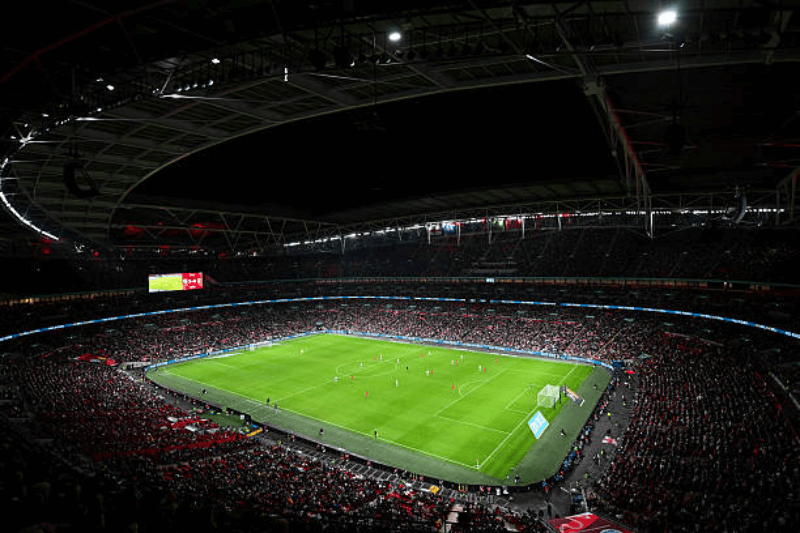
‘Girlfriend Effect’ – How Real Is The New Viral Trend On TikTok?
Leave it to social media to come up with some of the most fascinating (and sometimes weird) trends that engage people for weeks until the next big thing pops up.
It has been thousands of years since the Roman Empire flourished and eventually collapsed. Yet a new trend going viral is allowing netizens to relive the period.
The trend, reportedly started by a Roman reenactor named Gaius Flavius, saw girls asking the men in their lives how often they thought about the Roman Empire.
‘Girlfriend Effect’ Taking Over
A fresh trend has now taken over social media, allowing girlfriends to showcase the impact of relationships on their boyfriends. Read on!
Dubbed as ‘Girlfriend Effect’ or ‘Girlfriend Air’, the viral trend suggests, thanks to love and being in a relationship, boyfriends undergo a positive transformation.
With over 58 million views on TikTok, the new trend emphasises the more time you spend with your girlfriend, the most stylish you become.
Keep Reading
Girlfriends Grooming Their Partners To Look Their Best
There was a previous meme called ‘Boyfriend Air’ suggesting spending a lot of time with your boyfriend accentuates perceived flaws in your appearance.
In contrast, the ongoing trend has women showing off their boyfriends’ before and after photos, highlighting how their partners’ style have undergone positive changes.
The trend has been garnering significant attention as it’s usually perceived that girlfriends acquaint their partners with the latest styling advice and groom them to look their best.
More Insights Into ‘Roman Empire’ Trend
On TikTok, the hashtag #RomanEmpire currently has over 893 million views. Several women are posting videos asking men in their life the interesting question.
For the unversed, the Roman Empire was one of the most influential civilisations in history, offering valuable lessons in the rise and fall of great empires.
Spanning from 27 BC to 476 AD, the Roman Empire covered vast territories across multiple continents and left an indelible mark on architecture, governance and culture.




